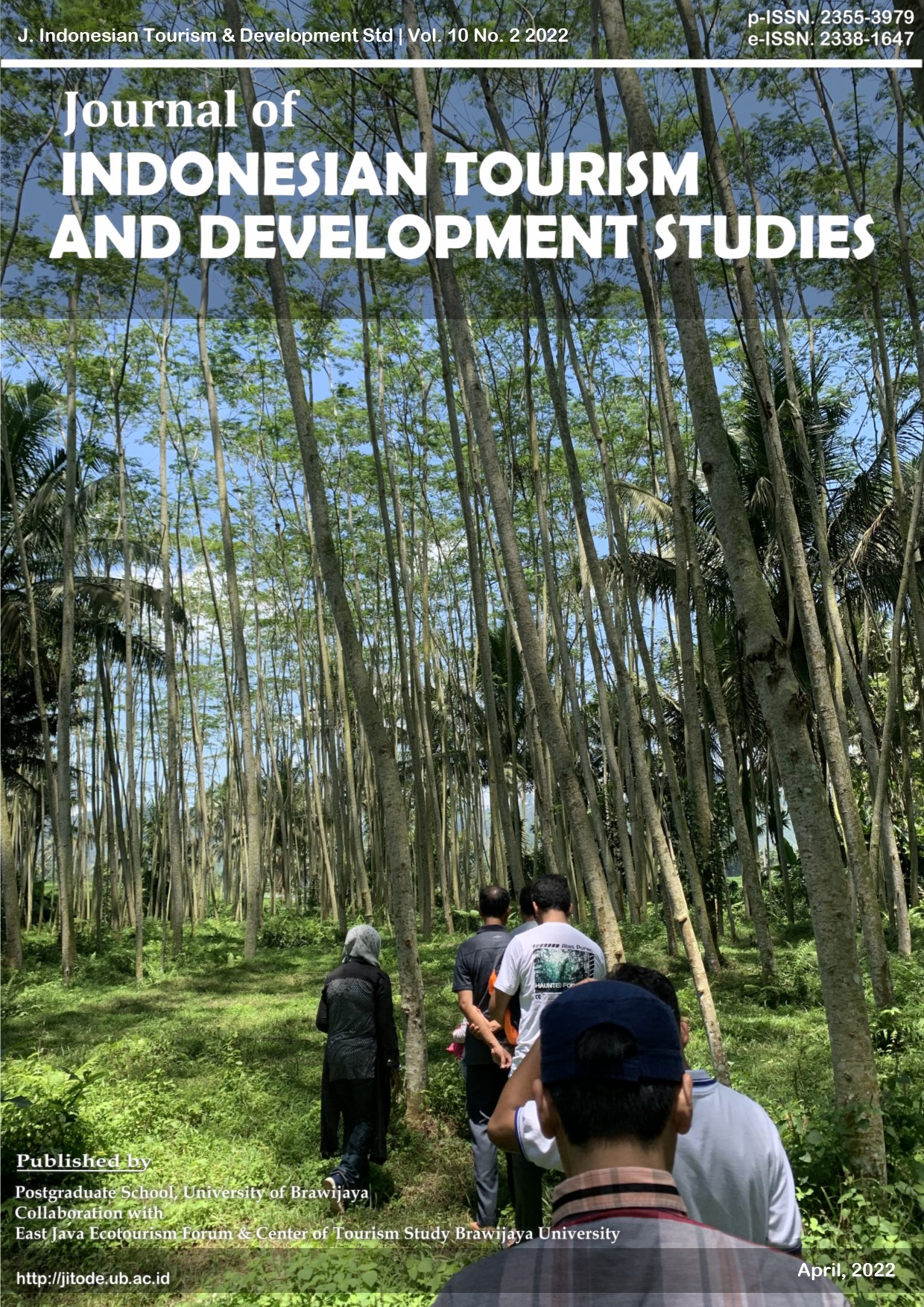An Ethnobotanical Study of Plants Used as Traditional Medicine and Its Processing in Gapura District, Sumenep, Madura
DOI:
https://doi.org/10.21776/ub.jitode.2022.010.02.01Abstract
The aim of this study is to describe the variety of medicinal plants, the ingredients of medicinal plants, and its utilization in Gapura District, Madura Regency. This study was conducted on June – October 2021. This study methodology was started by collecting the data, observation, and documentation. This study consisted of 60 respondents aged over 35 years because they are more experienced in making traditional medicines. The analysis of data used UVS, FUVS, ICS, and SWOT. This study found that 37 of 30 families of medicinal plants were utilized by Gapura societies. Based on the results of FUVs (Family Use Value), the families that are often used by the people of Gapura District are Zingiberaceae with a percentage of 1.75%, and the Moringaceae family with a percentage of 0.5%. The commonly utilized plant organ is the rhizome which is processed using a grater. The strategy for conserving the diversity of medicinal plants in Gapura District is wild and cultivated. Wild plants are usually only considered pests by the local community, but some wild plants have very good potential to be used as traditional medicines. Cultivated plants are a way of processing medicinal plants with the aim of bringing maximum results with good quality. Furthermore, Gapura District made the farmers' community conserve the medicinal plants through biological conservation.
Downloads
Published
Issue
Section
License
Copyright (c) 2022 Journal of Indonesian Tourism and Development Studies

This work is licensed under a Creative Commons Attribution 4.0 International License.
Authors who publish with this journal agree to the following terms:- Authors retain copyright and grant the journal right of first publication with the work simultaneously licensed under a Creative Commons Attribution License that allows others to share the work with an acknowledgement of the work's authorship and initial publication in this journal.
![]()
- Authors are able to enter into separate, additional contractual arrangements for the non-exclusive distribution of the journal's published version of the work (e.g., post it to an institutional repository or publish it in a book), with an acknowledgement of its initial publication in this journal.
- Authors are permitted and encouraged to post their work online (e.g., in institutional repositories or on their website) prior to and during the submission process, as it can lead to productive exchanges, as well as earlier and greater citation of published work (See The Effect of Open Access).
Â
Â


















